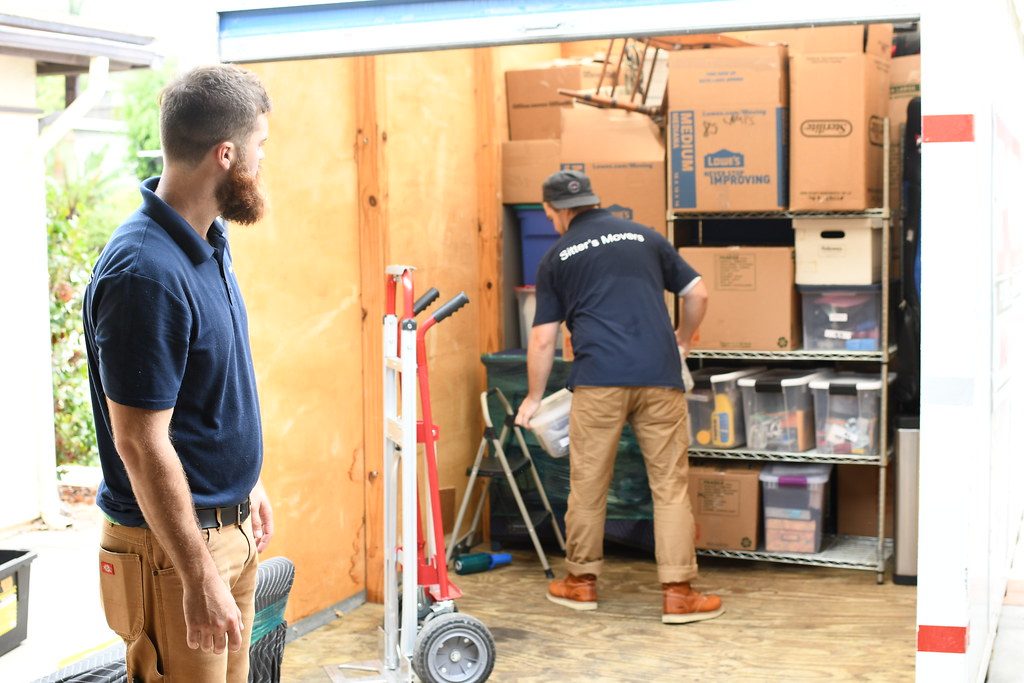We’ve all been there, moving in and out of a place is not always something we would like to do over and over. Preparing for a move may require the help of movers, packing, and transferring your homeowners or renters insurance to your new address. In this process, we sometimes forget to get all of our belongings insured. Getting moving insurance is highly recommended, as most people do not know the implication that it has. The moving insurance is an integral part of your move, and it is vital that you choose the right coverage that will be beneficial for your household goods value. Every year, there are reviews about moving companies that are good and bad. With this in mind, it is reasonable to feel nervous when trusting all of your household goods in the hands of strangers.

Luckily there are numerous ways to protect your move and prepare for this kind of situation. One such way is to learn about the various valuation coverage and moving insurance options available to you. Here are the basics overview of valuation and moving insurance.
Released Value Protection:
This is automatically included in the cost of your interstate move. Most licensed movers automatically provide released valuation and not insurance. It commonly called basic liability insurance and is available as a part of your standard moving fees at no extra cost, but you have to sign for it. Under this plan, you are charged 0.60 cents per pound per item. The moving company typically assumes liability at only 60 cents per pound per article. This means that if your 50-pound flat-screen TV gets damaged or lost during your move, the mover would only have to pay out $30 in compensation—even if it’s an expensive TV worth thousands of dollars. When covered by released valuation protection, lost and damaged items won’t be replaced or repaired when you file a claim. Instead, you’ll be compensated 60 cents per pound per item. Period.

Full Value Protection:
The second type of valuation coverage offered by interstate movers, the level of liability offers customers considerably more protection in the case of an item becoming damaged or lost by the movers. It is still not as comprehensive as having insurance. Full Value Protection means that your mover is only liable for the current or depreciated value of your goods. That is, a mover will only reimburse you for an item’s actual cash value. So if you purchased an item at a high price five years ago, then the company will pay for the price that it is today. The problem with this type of protection that the movers are not liable for an item for extraordinary value unless the customer explicitly tells the movers about the items in writing. The cost of purchasing Full Value Protection varies by the mover, so be sure to ask your moving company for details. Well, local movers have different coverage options that range from moving company to company. Local movers also offer a Full Value Protection option to their customers. Remember, it is essential to discuss all your liability options with the moving company before signing anything.
Assessed Value Protection:
Based on the market cost or value of an item rather than its weight, assessed value protection is the type of coverage that is ideal if your property is valuable but doesn’t cost a lot. When purchasing assessed value protection, you can buy a certain amount of protection per $1,000 worth of value. Do make sure that your coverage is written in your bill of lading, or your moving company may not consider it. If you are making a claim, then you will need to provide proof of the market price of the item, such as the original receipt, or the price of a comparable item. Remember, you must cover each piece that you want to be assessed separately.
Declared Value Protection Based on Weight:
This type of coverage will take into account the total weight of your possessions, then multiply that by a particular dollar amount per pound. The settlement will be based on how much the value of the damaged or destroyed property has depreciated. This is considered as the best insurance as it provides blanket coverage of all things, for a whole-house move. You might wish to consider adding extra insurance to protect these special belongings.
Lump-Sum Value Protection:
The lump-sum value insurance gives you the option to insure your items by the actual value of the items, usually per $1,000 of value and not by the weight of the items. You decide item’s value and the mover is liable for that value. To choose this option, you must make a declaration in writing on the moving contract.
What is Best For You?
Upon meeting with a potential moving company, you need to make sure to ask the representative about their insurance options. It is important that you know the total number of items you are moving, also write down all the valuable pieces of furniture, glassware, appliances, electronics, etc.


